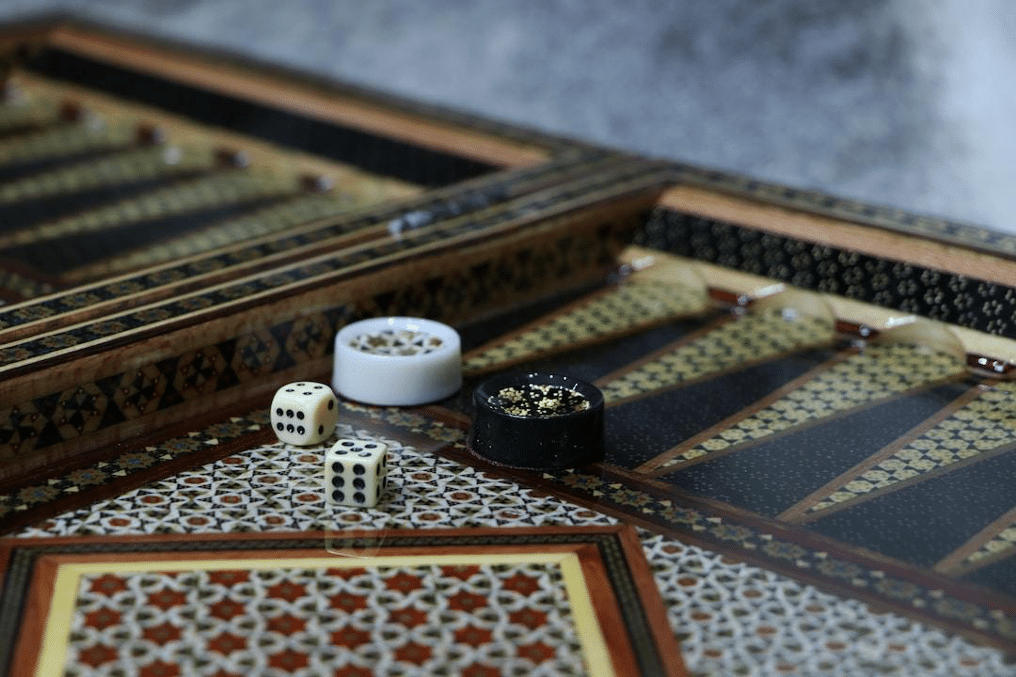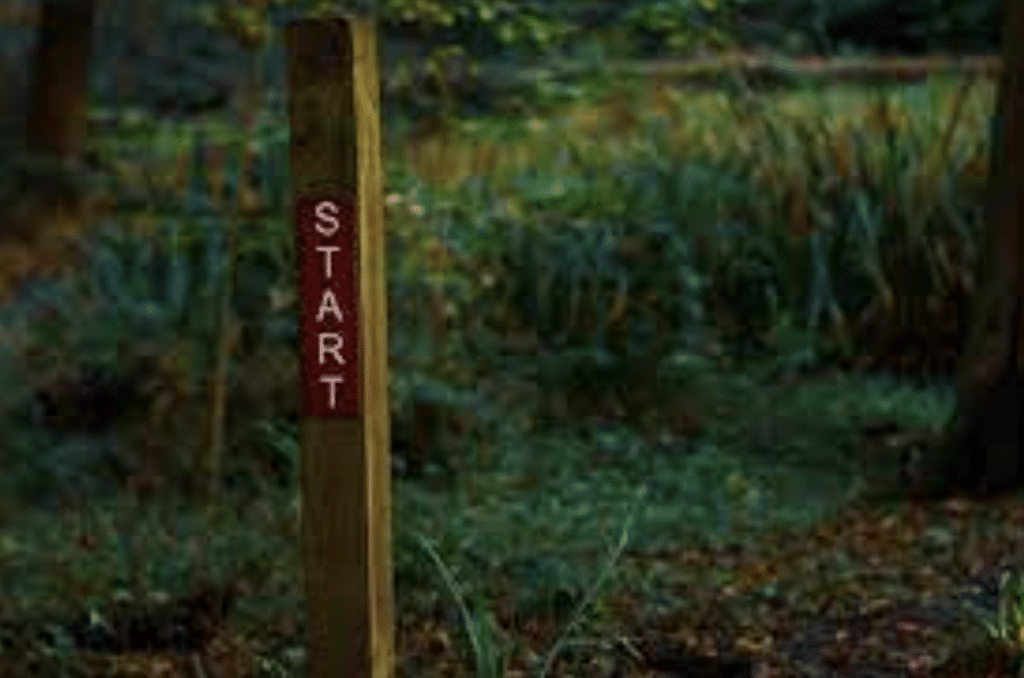Backgammon, an ancient game with a rich history that spans thousands of years, is still as captivating and entertaining today as it was to our ancestors. Known as a two-player game where your success is determined by a mix of strategy and luck, it’s a game that invites players of all ages and skill levels to try it out. In this article, you’ll be equipped with the basics, ideal strategies to adopt, and essential rules to understand how to play Backgammon.
Understanding the Backgammon Board

Understanding how the Backgammon board is set up and knowing how to navigate it is the first step toward mastering the game. The Backgammon board, despite its seemingly complex appearance, is quite straightforward once you become familiar with it. It consists of 24 long triangles called points, they are grouped into four quadrants each housing six points. The quadrants are divided into the home board and the outer board, with the bar separating them in the middle. Each player has 15 checkers that are moved between the points based on the roll of the dice. The points are numbered for each player, so a player’s 1-point is the opponent’s 24-point and vice versa.
Setting up the Backgammon board is a breeze once you know where all the pieces go. Each player has a home board and outer board, and the checkers are distributed in a specific pattern: two on the 24-point, five on the 13-point, three on the 8-point, and five on the 6-point. This configuration may vary based on the version of the game being played, but it’s the most common arrangement found in most sets.
Learning the Rules: Taking Turns, Rolling the Dice, and Piece Movement
The rules of Backgammon, like the game’s board, may appear intricate at first glance, but they’re relatively simple once understood. Before starting the game, both players roll a die each, and the player who rolls a higher number begins the game using both dice. In the case of a tie, players continue rolling until they obtain differing numbers. Each player takes turns rolling two dice and moves their checkers based on the dice’s outcome. Each die represents a separate move. For instance, if a player rolls a four and a two, they have the option to move one piece six spaces, move one piece four spaces and another two spaces, or vice versa.
If a player rolls two of the same number, known as a double, they get to play the roll twice. This means if you roll a double-three, you get to move four pieces three spaces each. Conversely, if no valid move allows a player to utilize the numbers shown on the dice, they must forfeit their turn. There’s a little bit of strategy to dice rolling, but a lot depends on luck. With each roll of the dice, new possibilities for strategic play unfold, making Backgammon an unpredictable and engaging game.
Understanding how pieces move contributes to learning effective Backgammon strategies. The primary goal of the game is to move all your checkers into your home board and then bear them off before your opponent does the same.
Developing Your Strategy: Blocking and Hitting

The fun of Backgammon lies in the fact that it’s not just a game of chance but also of strategy and tactics. This becomes clear once you understand two key strategic concepts: blocking and hitting. Blocking involves creating a blockade of your own pieces to restrict your opponent’s movement and trap their checkers on your home board. This is achieved by having at least two checkers on adjacent points, creating a ‘prime’—a wall that the opponent’s pieces cannot move past. A powerful strategy, blocking can slow down your opponent significantly, allowing you to progress with your movement and bear off your checkers faster.
However, blocking won’t always be able to protect your checkers from being sent to the bar—for that, you have hitting. When your opponent leaves a single checker on a point—a blot—you can land on it with one of your own checkers during your move, thereby ‘hitting’ it. This sends the hit checker to the bar, and your opponent must re-enter this checker into their home board before they can make any other moves. Hitting is an aggressive strategy and can disrupt your opponent’s gameplay significantly while boosting your control over the board.
With practice, players can learn to utilize these strategies effectively to disrupt their opponents and protect their own pieces.
Overall, Backgammon is a game that rewards strategic thinking and clever decision-making, and while it does include elements of luck, it’s the players who master the game’s strategies that will find the most success. So whether you’re a complete novice or a seasoned player, Backgammon is sure to provide an enjoyable and challenging experience.
